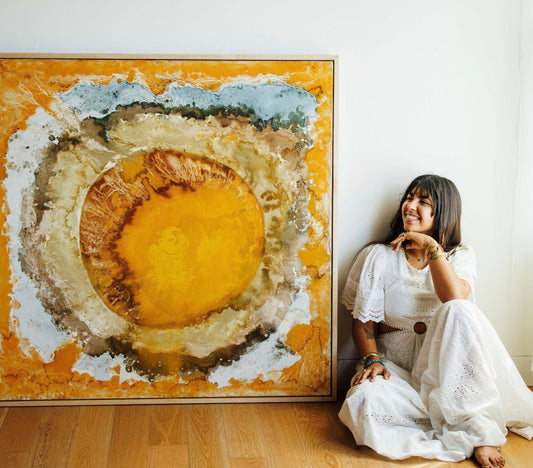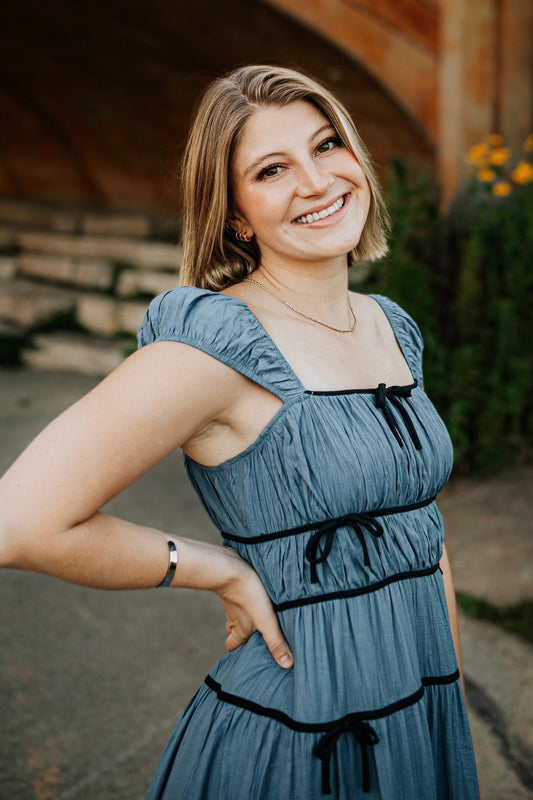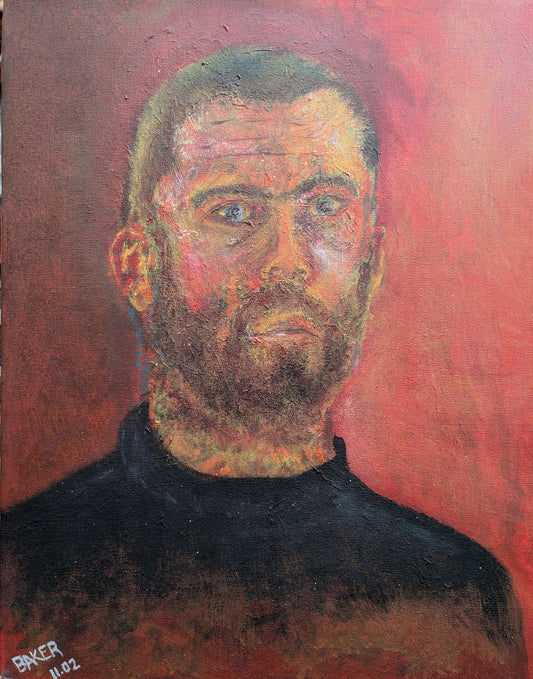According to the Britannica website, glassblowing is a technique that dates back to the 1st century B.C. and was invented by the Syrian craftsmen. This technique involves shaping molten glass by blowing air with the aid of a blowpipe and heat. Presently, not only is glass used as an everyday item, it is also considered as a form of art.
David Gappa is one artist who fell in love with glass. “I have found that the passion of my life is working with the shifting energies of molten glass into its final stages of artistic completion,” David said, “[e]ach creation is the recognition of the joy and beauty that God has given me… transformed into glass.”

David Gappa was born in Fort Hood, Texas, but was raised in Fort Worth, Texas. According to David, he learned at an early age about his passion for the arts, whether he was painting, sculpting, sketching, he loved making them. Based on the video, Introspection of an Artist, David’s mother, Ann Gappa, encouraged David to pursue the arts. His mother enrolled him in various art programs to help him explore and experiment with other mediums. When he was a young adult, he spent over a year in Europe to study and explore other forms, but he spent the majority of his time in Murano, Italy with other glassblower artists.
Murano, Italy is one of the major islands in the Venice Lagoon. This island is famous for its factories and laboratories dedicated to glass works. According to Google, Murano is “renowned for its long tradition of glassmaking.” It was on this island that David found his love and passion for glassblowing.


However, David actually earned his Master of Sciences in Architecture at the University of Texas, Arlington. On his video, Introspection of an Artist, David admitted that even though he was studying as an architect, he took glassblowing electives as a way to de-stress and get away from his drafting table. Even while working as an architect, David would do glass blowing at night after work. After being an architect for 10 years, what once was a hobby turned into a full-time career. In May 1999, David opened Vetro Glassblowing Studio.
Vetro Glassblowing Studio and Gallery is located in the historic district of Grapevine, Texas. Not only is the studio open for browsing and shopping, people of all ages can also learn how to glass blow. Whether it is a one-on-one session or a team building exercise, the studio is open for all. And since the holidays are upon us, everyone is welcome to sign-up to create and decorate their own holiday ornaments out of glass.

Not only does David manage Vetro Glassblowing Studio and Gallery, he is also known for his glass art installation, Introspection, found at the Center for BrainHealth in Dallas, Texas. This glass installation “is a visible interpretation of an often hidden process in our bodies: the communication of nerves,” according to Introspection of an Artist.
When looking at the art installation, the piece resembles neurons, also known as nerve cells, found in the brain. According to Proceedings of the National Academy of Sciences of the United States of America (PNAS), a peer-reviewed journal published in 2012, the human brain has an average of 86 billion neurons that act as information messengers. Neurons use electrical impulses to transmit information and that is why the human brain looks like it is constantly lit up because humans are continuously in motion. That is exactly what David achieved with his Introspection piece at the Center for BrainHealth, as if it was a “creative thought that just was continually in motion,” always firing electric pulses and constantly thinking.


Glassblowing is a unique form of art. It requires a lot of patience and high tolerance for the heat. “I choose glass as an artistic medium for many reasons: the complexity of color and light; the classic beauty of glass; the challenging mental and physical discipline required; and the poetic and seductive nature of molten glass,” according to his bio, “[t]he creation of each piece is a journey as I strive to trust in the path the glass chooses for me”.
Despite being a successful glassblower artist for years, David continues to study and learn more about glassblowing by attending workshops, conventions, and building connections with other artists. Similar to his Introspection piece, David is constantly in his own creative thought. “[T]he closer he comes to achieving this calling, the more there is to accomplish.”
©ArtRKL™️ LLC 2021-2023. All rights reserved. This material may not be published, broadcast, rewritten or redistributed. ArtRKL™️ and its underscore design indicate trademarks of ArtRKL™️ LLC and its subsidiaries.





